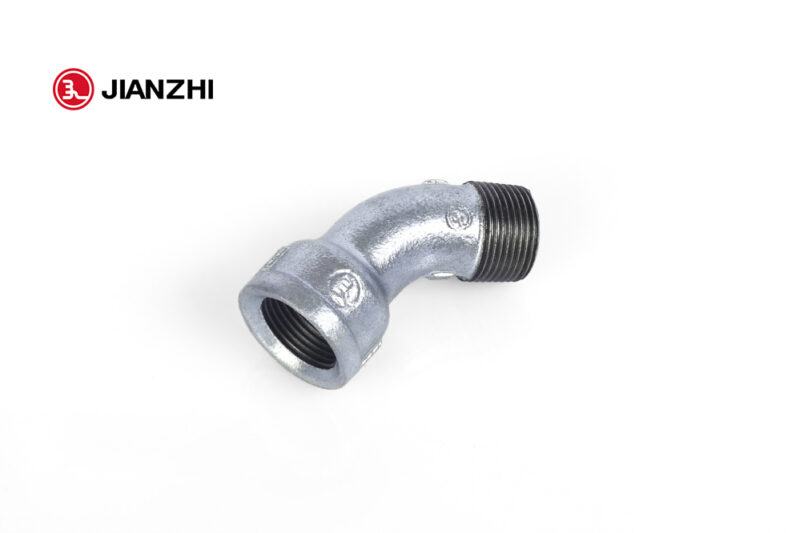When deciding between long radius (LR) elbows and short radius (SR) elbows, it’s important to consider the advantages and characteristics of each type.
Here are the advantages of using long radius elbows compared to short radius elbows:
Smoother Flow: Long radius elbows have a larger radius of curvature compared to short radius elbows. This larger radius results in a smoother flow path for fluids or gases passing through the elbow. The reduced turbulence and pressure drop in long radius elbows can be advantageous in applications where maintaining a steady flow and minimizing energy loss are important.
Reduced Pressure Drop: The larger radius in long radius elbows allows for a more gradual change in direction, which helps to minimize pressure drop in the piping system. Lower pressure drop means less energy is required to move the fluid, resulting in improved system efficiency and reduced pumping costs.
Less Flow Disturbance: Long radius elbows create less flow disturbance and less disruption to the flow pattern compared to short radius elbows. This can be beneficial in systems where the flow characteristics or the integrity of the fluid or gas being transported need to be maintained.
Lower Wear and Tear: The smooth flow path and reduced turbulence in long radius elbows contribute to lower wear and tear on the piping system. Less turbulence means less erosion and reduced chances of corrosion, which can extend the lifespan of the piping system and reduce the need for frequent maintenance or repairs.
Improved Fluid Handling: Long radius elbows are particularly advantageous for applications where sediment, debris, or particles may be present in the fluid. The larger radius allows for better fluid handling and minimizes the risk of clogging or blockages.
It’s important to note that the selection between long radius and short radius elbows depends on various factors, including system design, space constraints, flow requirements, and industry standards. In some cases, space limitations may make short radius elbows more practical. It’s essential to consult with engineers, piping designers, or industry experts to determine the most suitable type of elbow for your specific application.
What are the advantages of using short radius elbows compared to long radius elbows?
When considering the use of short radius (SR) elbows compared to long radius (LR) elbows, there are specific advantages to using short radius elbows in certain situations.
Here are some advantages of using short radius elbows:
Space Efficiency: Short radius elbows have a smaller radius of curvature compared to long radius elbows. This compact design makes them ideal for applications with limited space or tight piping configurations. They require less space for installation and allow for more flexibility in routing pipes in confined areas.
Reduced Pipe Length: Short radius elbows result in a shorter overall pipe length compared to long radius elbows. China 45 degree bend pipe This can be advantageous in situations where minimizing the length of the piping system is a priority, such as in retrofit or space-constrained installations. It can also help reduce material and installation costs.
Lower Pressure Drop: While long radius elbows offer smoother flow characteristics, short radius elbows can provide lower pressure drop in certain scenarios. The shorter, more direct flow path in short radius elbows results in less resistance to fluid flow, which can be beneficial in applications where minimizing pressure drop is critical.
Cost Savings: Short radius elbows generally require less material compared to long radius elbows. This can result in cost savings, especially in large-scale projects where multiple elbows are needed. Additionally, the reduced pipe length associated with short radius elbows can contribute to cost savings in terms of material, labor, and installation time.
Improved Pipe Support: Short radius elbows provide increased support and stability to the pipe due to their compact design. This can be advantageous in situations where pipe movement or vibration needs to be minimized. The shorter length and more rigid nature of short radius elbows can enhance the overall structural integrity of the piping system.
It’s important to note that the selection between short radius and long radius elbows should take into account the specific requirements of the application, such as flow characteristics, space limitations, pressure drop considerations, and industry standards. Consulting with piping designers, engineers, or industry professionals is recommended to determine the most suitable type of elbow for your particular project.
